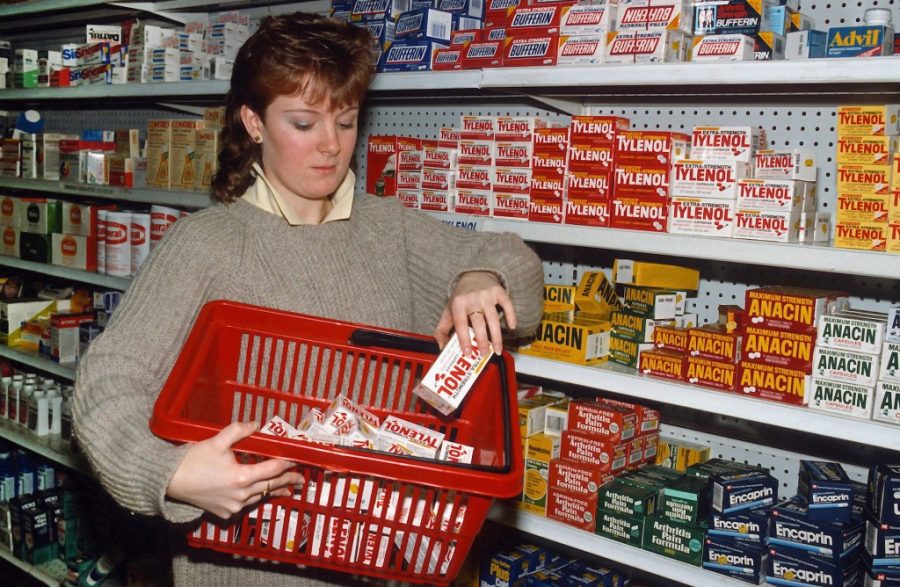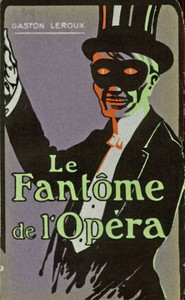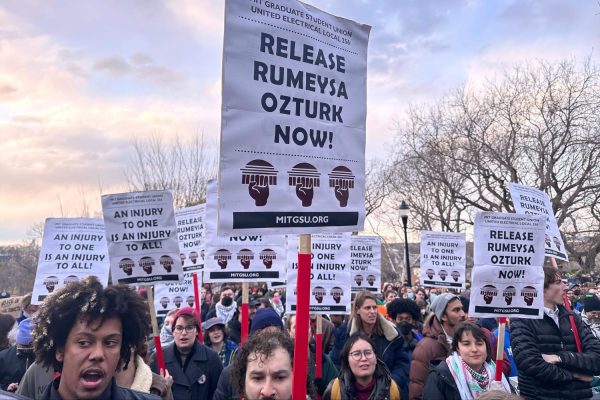The One That Got Away: Case of Chicago Tylenol Poisonings
WARNING: This post discusses topics such as murder and poisoning. Proceed at your own risk.
ELK GROVE VILLAGE–12-year-old Mary-Kellerman woke up on the morning of September 29, 1982, with a runny nose and a sore throat. When she told her parents about her symptoms, they immediately prescribed her an Extra-Strength Tylenol. When Mary went to the bathroom and shut the door, her father had heard something fall. He called out, asking “Mary, are you OK?” There was no reply. Her father went upstairs and opened the bathroom door to find his daughter unconscious on the floor. At 9:56 am that same day, Mary became violently ill and died.
On the same day, 27-year old postal worker Adam Janus of Arlington Heights, Illinois had taken a sick day. He went to drive his neighbor’s daughter home from nursery school and had been complaining of chest pains. When he came home, he had taken two capsules of Extra-Strength Tylenol and had said “I’m going to…lie down.” According to Chicago, a couple of minutes later he staggered into the kitchen and collapsed. By noon, he was declared dead.
Meanwhile, in West Suburban Winfield, 27-year-old Mary Reiner had been feeling woozy after coming back from Central DuPage Hospital, where she had given birth to her fourth child two days earlier. Still not feeling well, she decided to take some Tylenol. Her condition worsened by 3:45 to the point that she had to be taken to the hospital. Sadly, she had died before doctors had gotten the chance to diagnose the nature of her illness.
At 4 o’clock that afternoon, 31-year old Mary McFarland was working at the Illinois Bell Phone Center in the Yorktown shopping mall in Lombard when she started to experience a tremendous headache. She was rushed to the Good Samaritan Hospital in Downers Grove where she had died of unknown causes. When investigators went through her purse, they discovered the bottle of Extra-strength Tylenol in her purse.
Back in Arlington Heights, 25-year-old Stanley Janus, brother of deceased Adam Janus, had been driving with his 19-year-old wife Theresa to make funeral arrangements. Both of them had started to experience headaches so they took Tylenol. At 5:44 pm that same day, Stanley was so ill that his wife had to call a wife but by the time she had called the ambulance, she too became strictly ill. A short time later, she and her husband had been pronounced dead, adding on to the growing list of unexplained deaths.
That evening, 35-year old flight attendant Paula Prince had stopped by a Walgreens at the corner of North Avenue and Wells Street, where she purchased a bottle of Extra-Strength Tylenol. Her sister became concerned when she couldn’t find Paula. “We knew Paula was supposed to fly out again on Thursday,” she said. At 5:15 p.m. Carol and a friend went to Paula’s apartment and found her lying dead on the bathroom floor.
Once the news broke, pain sufferers nationwide were warned to not take any Tylenol until the mystery was solved. It was that fateful day in early October of 1982 that police concluded one common denominator; all the victims took Tylenol.


Dr. Edmund R. Donoghue, Cook County`s deputy chief medical examiner, who had warned the public of taking any more Tylenol, concluded that the Tylenol was not composed of its regular compounds. “Most or all of the Tylenol compound had been emptied of certain capsules and cyanide was substituted,” he’d said. When first identifying cyanide, it was also discovered that the capsules contained 65 milligrams of cyanide. According to the Chicago Tribune, this was 50 milligrams well above what is considered lethal.
All of the bottles came from Lot No. MC 2880 of Johnson & Johnson’s McNeil Laboratories. Johnson & Johnson took action by recalling more than 31 million bottles of Tylenol in circulation.
Before the 1982 incidents, Tylenol had controlled over 35% of over-the-counter pain reliever markets. In the weeks following the murders, that number plummeted to less than 8%.
It was an obligation of Johnson & Johnson to come up with a new method of over-the-counter meds that would take into account both human safety and business. And so, Johnson & Johnson paired up with the FDA to initiate tamper-proof packaging; these included a foil seal and other features that made it near impossible to not identify meddling.
Other companies came up with their inventions such as “caplet”-the -a tablet that had a line marked straight down the middle to be divided into two which made it easier to be ingested.
While Johnson&Johnson took recalled millions of bottles, samples from Lot No. MC 2880 was being tested at a McNeil’s plant in Ft. Washington, Pa. It was discovered that the bottles had been tampered with after they had been left at the factory.
Things escalated when copy-cat poisonings of the originally laced bottles killed several others. These copy-cat poisonings primarily involved over-the-counter prescriptions, such as Tylenol, and occurred in the ’80s and ’90s. They were never as deadly as the original, however, conspiracy theories about suspects and potential motives for these vile acts continuously circulate the Internet to this day.
Police hypothesized that someone must have taken the bottles off the shelves of the drugstores within the local Chicago area, then laced the capsules with poison, and returned the stolen packages to their shelves to be purchased unbeknownst by victims.
A man by the name of James Lewis wrote to Johnson & Johnson claiming to be the Tylenol killer and demanding $1 million in ransom in exchange for “stopping the poisonings.” Police tracked Lewis down and charged him to 20 years in prison on accounts of “extortion.” They discovered him in New York with no connections in Chicago. Lewis served 13 years and was released in 1995. And yet, Lewis remains as the most “viable” suspect because of the extortion letter he had written to Tylonel’s manufacturer.
In February of 2009, the FBI raided his home in Cambridge; according to ABC News, agents were seen leaving his home with boxes of evidence and an Apple computer. In an interview, Lewis said he had “nothing to do” with the murders but still thinks about the victims “every day for the last 28 years.”
To this day, the murderer has never been caught.
Your donation will support the student journalists of Winthrop High School. Your contribution will allow us to purchase equipment and cover our annual website hosting costs.
Hi, my name is Mira Ivanis and I am a Senior at the WHS! This is my fourth year in the Newspaper Club. I am also part of Model UN, Debate, and Yearbook...












